Description
Stairs, an Architectural Study by Eric O. W. Ehrström printed on a Hoodie
About the Hoodie
Modern fit
It provides a more tailored look than a regular fit
Comfortable
The fabric and fit of this item are extra comfy
Tear-away tag
Easily removable tear-away tag that allows you to add a custom inside label
Premium quality
The product is made from premium, high-quality materials
Classic unisex hoodie with a front pouch pocket and matching flat drawstrings. The 100% cotton exterior makes this hoodie soft to the touch.
- 65% ring-spun cotton, 35% polyester
- Charcoal Heather is 60% ring-spun cotton, 40% polyester
- Carbon Grey is 55% ring-spun cotton, 45% polyester
- 100% cotton face
- Fabric weight: 8.5 oz./yd.² (288.2 g/m²)
- Front pouch pocket
- Self-fabric patch on the back
- Matching flat drawstrings
- 3-panel hood
- Tear-away tag
Eric O. W. Ehrström (1881-1934)
Eric O. W. Ehrström was an exceptionally multi-talented artist. He designed jewellery, plates, textiles, furniture and buildings.
Ehrström was an art craftsman and industrial designer, skilled in embossing metal, enamel work and making jewellery. He produced stained glass paintings, frescos, sculptures and graphics; he illustrated and wrote books, drew and painted. Ehrström also worked as a conservator, teacher, curator and artistic director.
Ehrström’s heraldic output is extensive. It includes coats of arms, medals, stamps, even trademarks. He was a member of the Finnish Seal and Flag Committees, which designed the official emblems of the newly independent country. He also designed the crown of the King of Finland, although the country became a republic.
Ehrström’s interest in nature was professional. He photographed and sketched plants and their details, took from them subjects for decorative themes and ornamentation, and drew flora of various kinds.
Ehrström studied at the Finnish Art Society’s School of Drawing for only a year and then went to study with Axel Gallén at Kalela in 1899–1900. Gallén’s influence is evident in Ehrström and it directed him towards arts and crafts. It was through Gallén that Ehrström became acquainted with Gösta Serlachius.
After the Kalela period, Ehrström travelled to Paris to study metalworking. There he met Olga (Olli) Gummerus, whom he married in 1903. To Eric, Olga was a spouse, colleague and a beautiful, beloved subject of erotic fantasies. Eric’s output includes many homoerotic sketches, in which beautiful women frolick together. He himself is often depicted as a plump frog, watching from the sidelines.
Olga Gummerus-Ehrström (1876–1938) was also an artist, having studied at the Finnish Art Society’s School of Drawing as well as in Paris. She partly gave up her own career and worked alongside her husband on an equal footing in almost everything he did.
The childless couple bequeathed their art estate to the Fine Arts Foundation of Gösta Serlachius, who had been their patron.

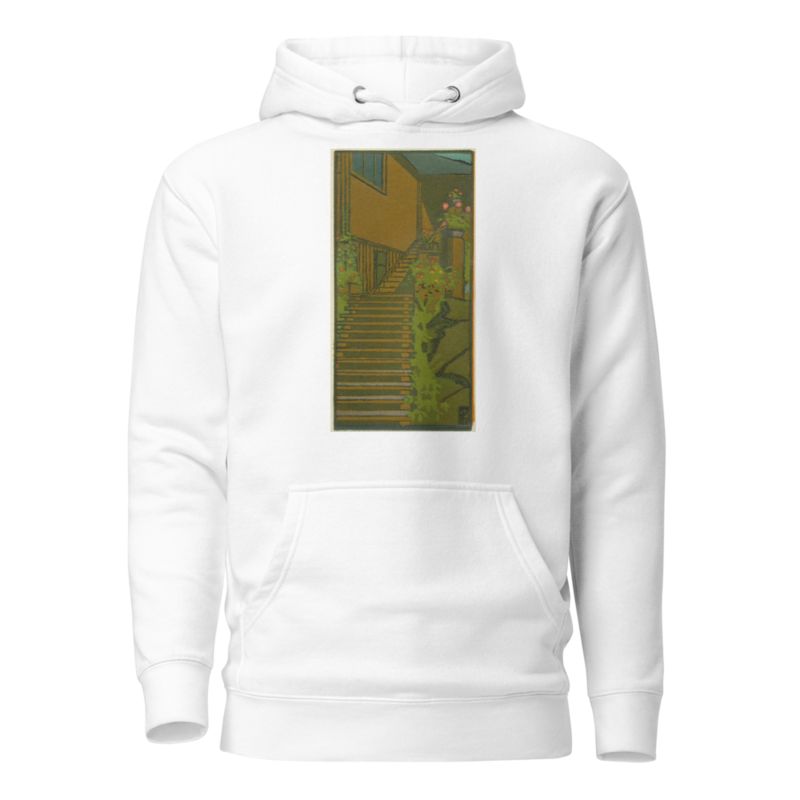
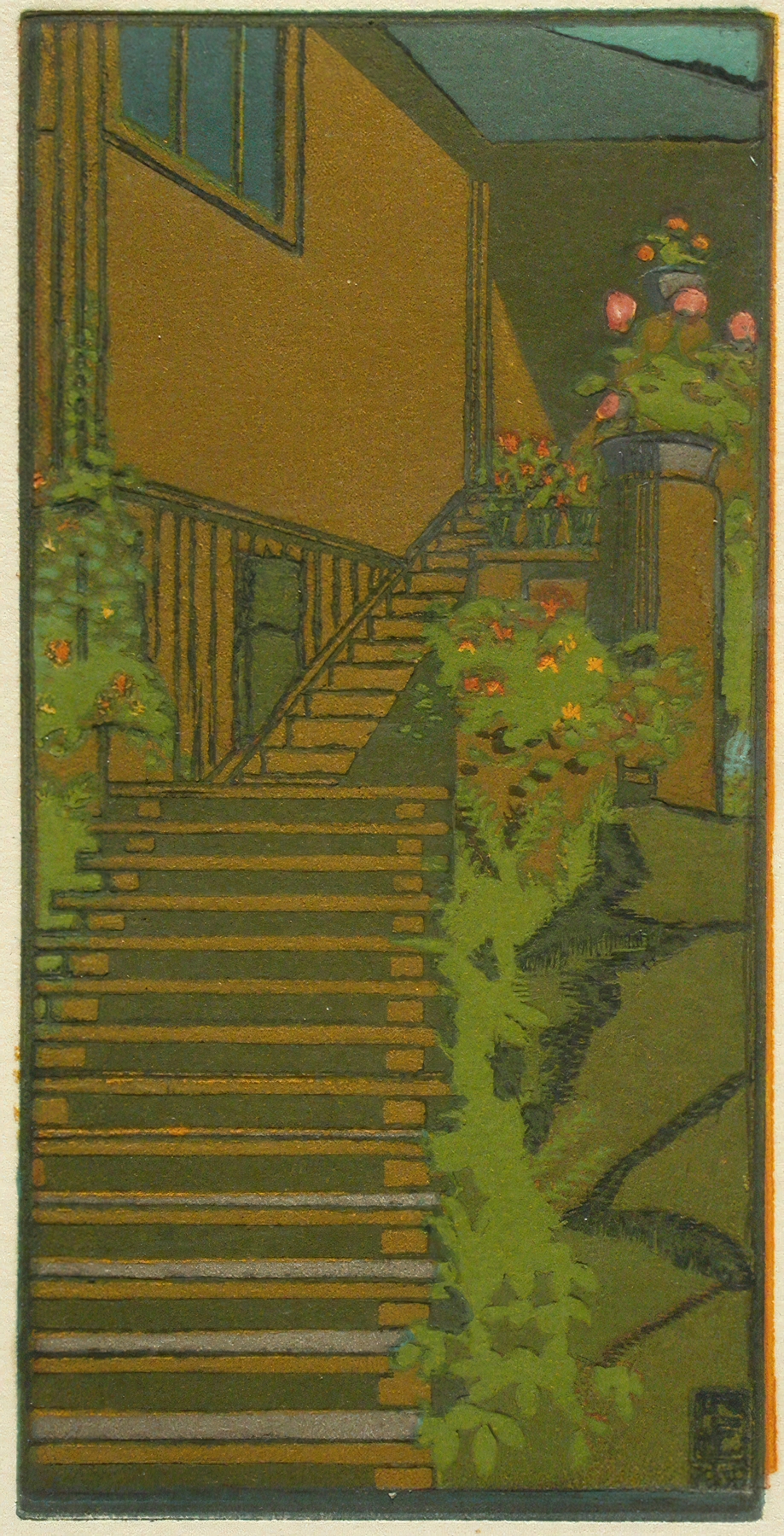
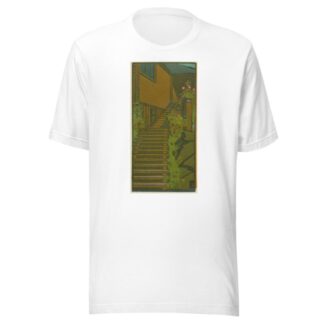
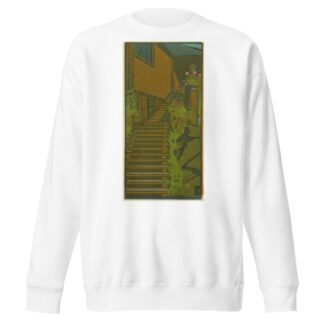
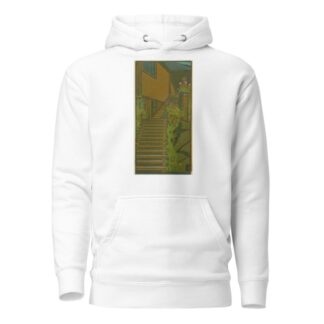
Reviews
There are no reviews yet.